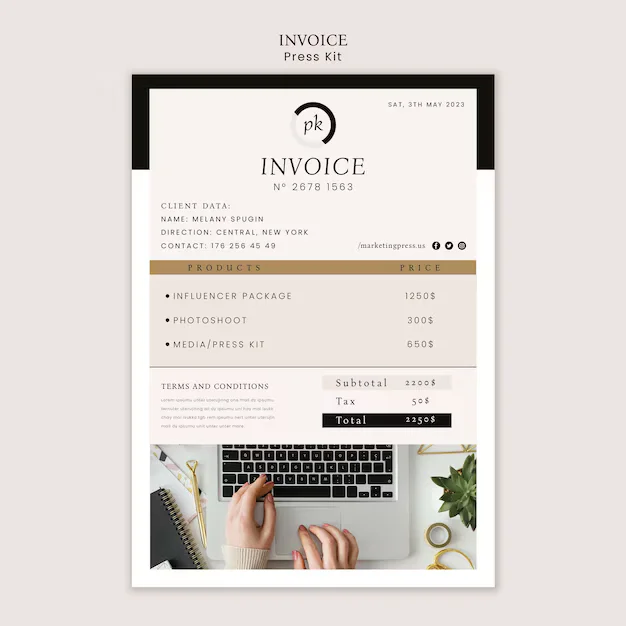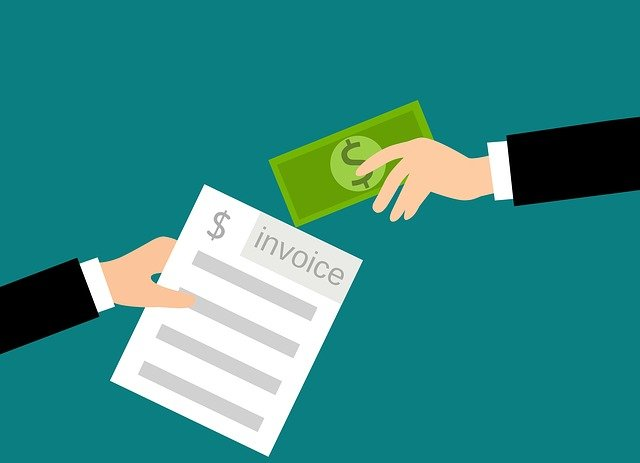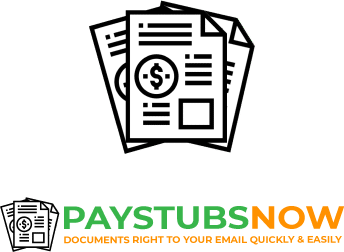How to create invoice for freelance clients in seconds

When working on freelance platforms such as Upwork and Fiverr, it is common that the platform provides you and your clients invoices on every purchase. However, we all know that working on these platforms is only half the job of service professionals. For clients you meet, you need to manually provide an invoice. While some clients might not bother asking for one, many will and you need the quickest way to generate one when they do. Here is how to create invoice for freelance clients in seconds and why you ought to provide one.
I frequently collaborate with contractors and freelancers, managing multiple clients while running my own small business as a small business owner, relying on efficient billing process and invoice software. And I'm continually astounded by the sheer number of new freelancers who don’t understand the fundamentals of freelancer billing, such as how to send invoices, use freelance invoice templates, facilitate payment requests, and ensure invoice payments are made using bank transfers.
Many independent contractors studied to become marketers, designers, journalists, or professionals in other fields, but they simply didn’t cover freelance business billing, recurring billing, or invoice details in any of their courses, nor did they mention how to manage invoices or set billing periods.
What is an invoice
An invoice is a document issued by a seller to a buyer detailing the project details, services rendered, and the total cost, complete with an invoice number and necessary payment details. This can come as a printable document, a fax, or an issued paper via Google Docs, featuring professional looking invoices that can include automatic reminders for early payment. An invoice typically outlines the product or service ordered, the amount due, and payment terms. As a service professional, knowing where to get your new invoice done fast with invoicing tools saves you time and helps you close deals paid faster, especially when handling recurring invoices.
Why you need to provide an invoice for clients
There are multiple reasons and benefits for you and your client when you provide invoices. An invoice serves as a legally binding document that proves a client ordered a service or product. As a freelancer professional miles apart from your client, you can still take legal action if the terms of a sale aren’t met. An invoice in cases like this offers proof of your claim.
All your invoices can also help you track your monthly and annual sales, maintain a healthy cash flow, and organize payment tracking for future invoices. If you don’t provide professional invoices, you probably have to manually calculate your earnings with accounting software if you hope to know how you are scaling in revenue, especially when dealing with unpaid invoices and overdue payments. An invoice provides accurate data on how many sales you are making for your personal record. This also helps calculate taxes and helps your clients know how much they are spending on your service.
How to create an invoice for freelance clients

There are several methods to create invoices for your clients, whether you're using a freelance invoice template, tackling your first invoice, or managing expense tracking. You can opt for invoice templates provided by basic tools such as Excel, Google Docs, or Microsoft Word, each offering unique ways to track invoices and manage billing periods. Whichever method you choose, simply visit the template page, search for a freelancer invoice template, and prepare to send an invoice with all the required contact details. This is a great way to create free outstanding invoices for beginners, ensuring they meet formal request standards and include provisions for late fees.
For a faster and more customizable invoice creation, we recommend using online invoice providers such as Paystubsnow, which allows for quicker payment requests and effective management of repeat clients.
How do I create an invoice on my own?
Opening a Word document and entering the business name, the services provided, the total cost of the services, and the payment method can be all it takes to create an effective freelancer invoice. Invoicing software is frequently used to streamline the process.
How can I create a straightforward invoice?
It's not difficult to invoice clients with a straightforward freelancer invoice, and you have several possibilities. You can use a free invoice template that you can download and use, or you can enter your information into an online generator to produce an invoice on your behalf.
What should be included on a bill?
You're not the only one who doesn't know exactly what goes on a freelancer invoice. As a freelancer, you must at the very least include the following in your invoices:
-
Invoice
-
Company name
-
The name of your client's company
-
A summary of the services provided
-
Price of the services provided
-
Terms of payment (when and how to pay)
Putting the phrase "Invoice" prominently at the top of the page, complete with the invoice numbers and invoice date, will increase the likelihood that your payment request will be processed quickly.
Your name should appear on every invoice, ensuring clarity on who is billing for services rendered.
Be sure to provide the client's entire name and ensure the invoice date is accurately noted to streamline the payment request process.
Give a detailed breakdown of the services you provided to your client in the main section of the invoice.
Include the price next to each item in the list of services to avoid any discrepancies in your payment request.
Put payment terms and clear payment instructions prominently on your invoice to ensure timely payment.
Do you charge for the time spent billing?
Billing for invoicing time is acceptable if you have included these costs in your proposal or informed your client beforehand. This can also be eliminated by using invoicing software that streamlines the billing process.
How to create an invoice with Paystubsnow

Creating an invoice with Paystubsnow is fast and easy. Simply visit the free invoice generator page and enter the necessary details. This typically includes your business logo if you have one, your business and client information, tax type, discount type, and description. Once done, click submit and enter the destination email.

